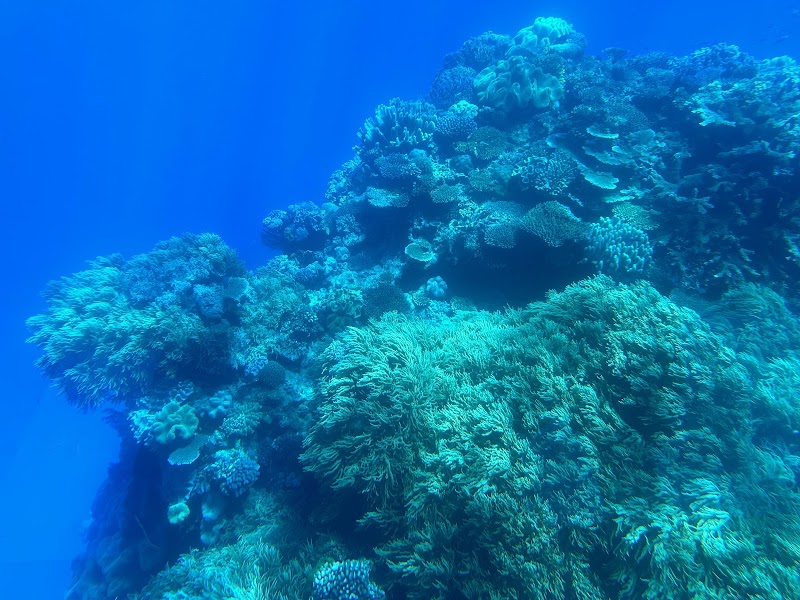
Great Barrier Reef Marine Protected Area Adventures
Spanning over 1,200 miles along the northeast coast of Australia, the Great Barrier Reef Marine Protected Area is renowned for its vibrant marine life and stunning coral formations.
About Great Barrier Reef Marine Protected Area

The Great Barrier Reef, a UNESCO World Heritage site, is the largest coral reef system in the world, comprising over 2,900 individual reefs and 900 islands. Located in the Coral Sea, off the coast of Queensland, Australia, it stretches over 344,000 square kilometers. This biodiversity hotspot is home to a vast array of marine species, including over 1,500 fish species, 400 types of coral, and numerous species of sharks, rays, and marine mammals. The area's history dates back thousands of years with significance to the Indigenous Australians, particularly the Aboriginal and Torres Strait Islander peoples. Visitors are drawn to its clear waters for snorkeling and diving to experience the rich underwater life. Apart from aquatic adventures, the reef offers unique opportunities for bird watching and experiencing the cultural heritage of the Indigenous populations. The Great Barrier Reef faces environmental pressures such as coral bleaching and climate change, prompting significant conservation efforts.
Highlights
Heart Reef - A naturally heart-shaped coral formation.
Whitsunday Islands - Offers pristine beaches and iconic views.
Green Island - A tropical rainforest island surrounded by coral reef.
Cod Hole - Famous for large potato cod fish encounters.
Notable Natural Features
Ribbon Reefs
A chain of 10 individual coral reefs known for excellent diving spots.
Lady Elliot Island
A coral cay providing some of the best dive and snorkel sites in the region.
Heron Island
Known for its significant population of turtles and bird species.
